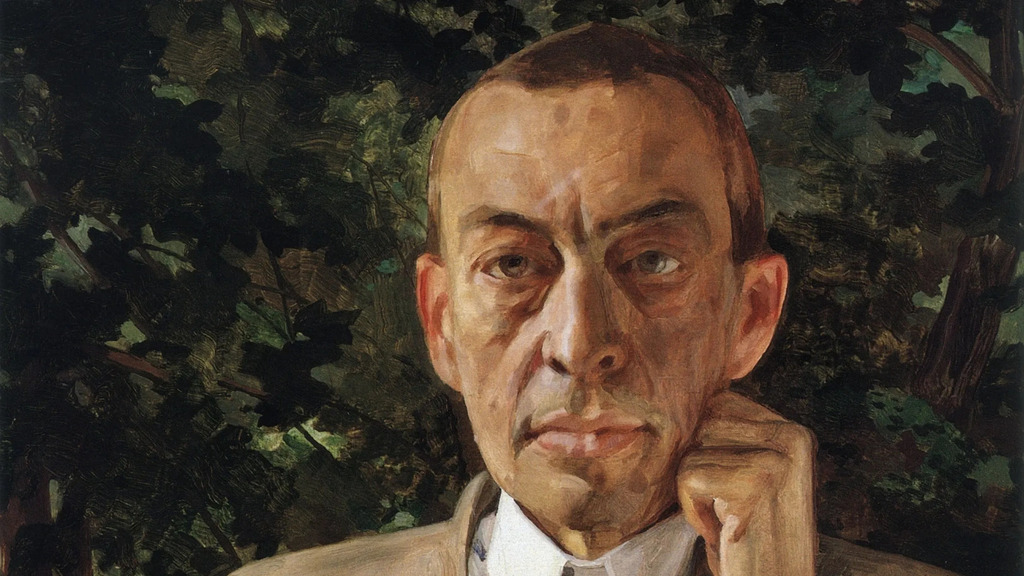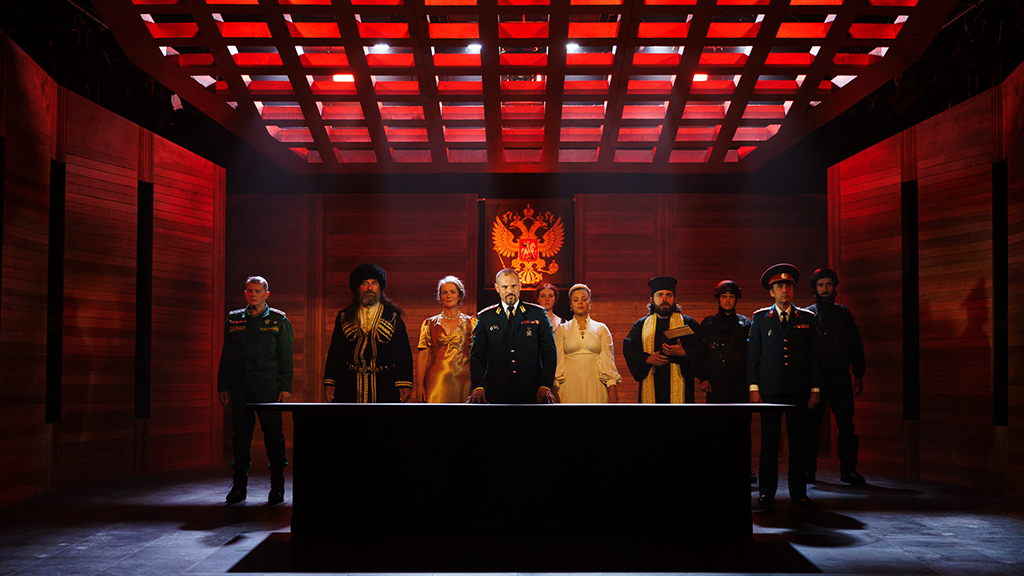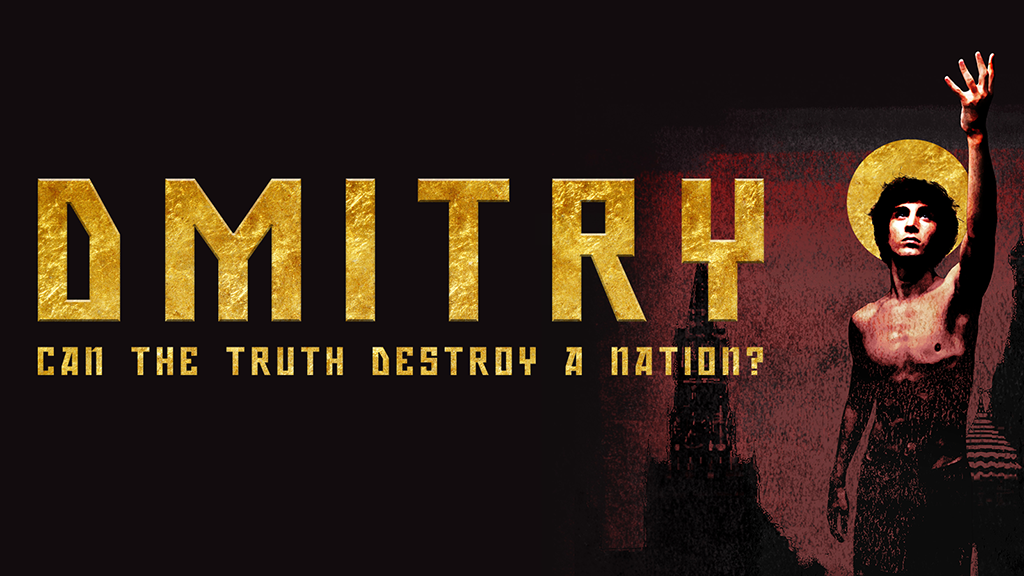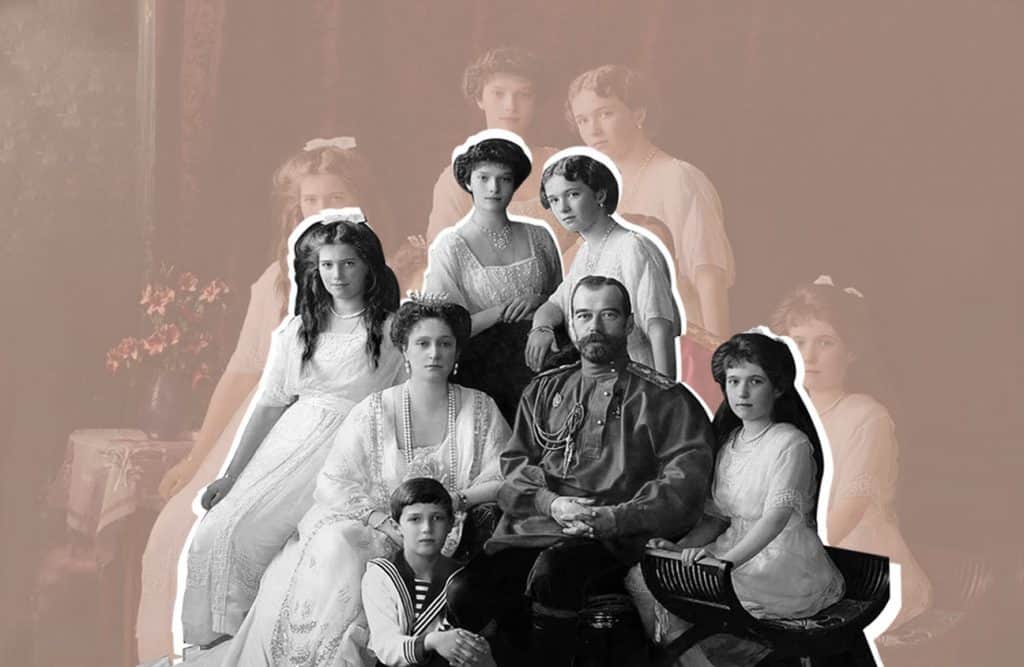
Exhibition: The Last Tsar, Blood and Revolution
New exhibition at Science Museum of London
The Last Tsar: Blood and Revolution
The 100th anniversary of the murder of the Imperial family is a significant date not only for Russia, but for the whole world. It surely couldn’t be ignored in the UK – English have always been fascinated by the story of Romanovs. Probably, partially because of the close blood relations between the two Royal families – Romanovs and Windsors. King George V and tsar Nicholas II were cousins – both their mothers, empress Maria Fyodorovna and Alexandra of Denmark were Danish princesses. At the same time, Nicholas’s wife Alexandra was a granddaughter of Queen Victoria.
A new exhibition, opening at the Science Museum this September, will investigate the role of science in the extraordinary lives and deaths of Tsar Nicholas II and his family, and take visitors behind the scenes of one of the greatest mysteries of the 20th century.
Set against a turbulent backdrop of social upheaval and war between 1900 and 1918, The Last Tsar: Blood and Revolution will explore the significant influence of medicine on the private lives of the imperial family during this period and the advances in medicine and forensic science over 70 years later that transformed the investigation into their sudden disappearance.
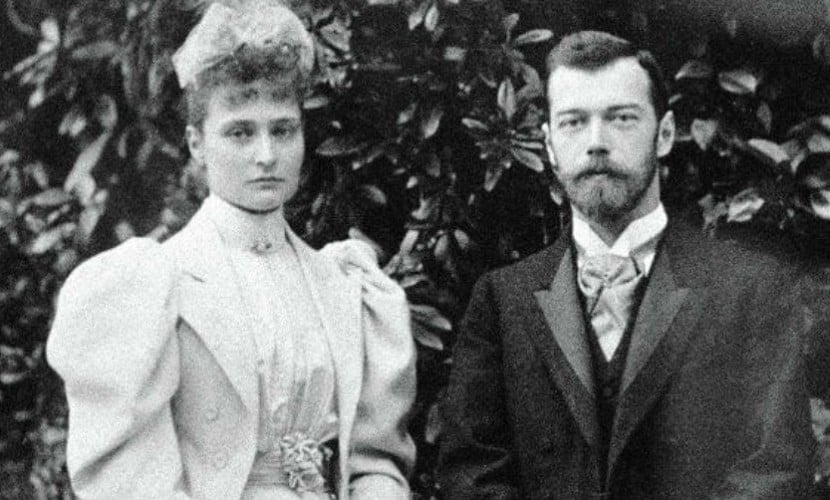
Nicolas II and his wife Alexandra Fedorovna
What to expect
Rare artefacts, including the family’s personal diaries, private possessions and jewellery found at the scene of their murder, and an Imperial Fabergé Egg presented by the Tsarina to her husband just a year before the fall of the imperial house, will help bring the personal lives of autocrat Nicholas II and his family to life. For the first time, photographic albums created by an English tutor to the imperial family, and now part of the Science Museum Group collection, will be on public display, providing a fascinating glimpse into their daily lives.
From the treatment of their only son and heir Alexei’s life-threatening haemophilia B, a rare blood condition and infamous ‘royal disease’ passed down from Queen Victoria, to the Tsarina’s fertility and the Red Cross medical training of the Tsar’s daughters, this exhibition will explore the imperial family’s contrasting reliance on both the latest medical discoveries of the time as well as traditional and spiritual healers. The family’s determination to keep Alexei’s illness a secret, as well as their unorthodox approach to providing relief, compelled them to take controversial measures that ultimately contributed to the fall of the 300-year-old dynasty.
Opinions
Ian Blatchford, Director of the Science Museum, said: “This exhibition marks 100 years since the end of the Romanov dynasty and explores one of the most dramatic periods in Russian history, all through the unique lens of science. Our curatorial team have brought together an exceptional, rare and poignant collection to tell this remarkable story. I want to thank all our lenders in the UK, Russia and America for making this exhibition possible.”

Daughters of Nicolas II
The investigation into the disappearance of Tsar Nicholas II, his family and entourage, following the revolutions of 1917, started in July 1918 and the case remains open today. One hundred years later, this exhibition will take visitors behind the scenes to uncover the science behind the investigation into one of the greatest mysteries of the 20th century.
Visitors will be able to examine evidence from the scene of the execution, from the dentures of the imperial physician and a single diamond earring belonging to the Tsarina, to an icon peppered with bullet holes, and delve into the remarkable modern forensic investigation which set out to piece together the events of that night.
This investigation was one of the first occasions that forensic DNA analysis was used to solve a historic case, involving the best British experts under the direction of Dr Peter Gill from the Forensic Science Service. Blood samples from relatives, including His Royal Highness The Duke of Edinburgh, and advances in DNA profiling and 3D reconstruction, helped to positively identify the remains of the imperial family and enabled the investigation to reach convincing conclusions. The institution yet to accept it is the Russian Orthodox Church that was expected to announce it by the anniversary but hasn’t done it yet. «The Russian people were failed by the Church not coming out and finally sanctioning the remains. They’re digging their heels in, they’re dragging their feet. I just think it’s pretty poor of them not to have finally said: “Yes, it is them we agree, we concur with all the DNA test”, because we know that they know it’s them. I think it’s a shame. It would have been good to have an anniversary ceremony and the Orthodox church confirming it was all them and have this moment of closure», – thinks Helen Rappaport, historian and author of a few books on Romanovs. You can read more on this topic in her recent article
Countess Alexandra Tolstoy (distant relative of Leo Tolstoy and daughter of historian writer Nicolai Tolstoy) commented about this upcoming exhibition: “It is important indeed for Britain to understand the tragic events of the Russian Revolution and the bloodthirsty murder of the Imperial family; the value of history is to learn lessons and thus not repeat such atrocities. However, Nicholas II and his family are not merely of historical interest; they bore their brutal fate with such incredible humility and Christian patience that they are an inspiration for all humanity”
Details
Dates:21 September 2018 – 24 March 2019
Tickets:Free but booking required here
Location: Exhibition Road, South Kensington, London, SW7 2DD
SUBSCRIBE
Receive our digest once a week with quality Russian events and articles

